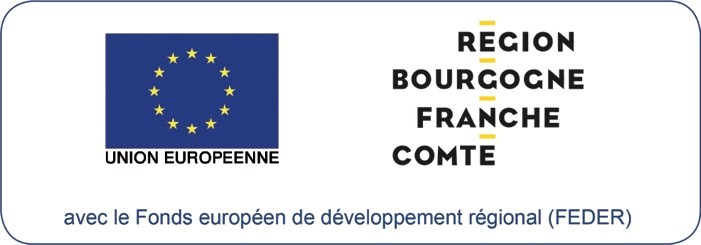COMICS - Chemistry Of Molecular Interactions Catalysis & Sensors
|
|
|
L’Europe s’engage en Bourgogne Franche-Comté Le programme concerne la recherche de nouveaux procédés de synthèse éco-compatibles, et la mise en œuvre de matériaux originaux en vue de l’activation ou la détection de molécules, la séparation d’espèces chimiques stratégiques, ou la dépollution et le recyclage de métaux stratégiques. L’approche qui a été retenue pour répondre à cette demande sociétale majeure de transition écologique/économique se base dans ce projet sur la réactivité métallique et catalytique par chimie de coordination, dont les principes généraux s’appliquent de manière transversale au domaine de la captation chimique et des capteurs au sens large : détection, stockage, relargage, contrôle, quantification, dépollution. Un point clé du projet est l'acquisition d'un équipement d'Instrumentation d'analyse de surface Hard X-ray Photo-électroscopie (HAXPES). Le projet CoMICS requiert des compétences dans des domaines variés, compétences complémentaires en chimie expérimentale et théorique, chimie moléculaire, réactivité et caractérisation de surface, qui sont réunies en Bourgogne Franche-Comté au travers d’un partenariat fort entre 4 laboratoires des Instituts du CNRS. NOM DU PROJET : COMICS (Chemistry Of Molecular Interactions Catalysis & Sensors) PORTEUR DE PROJET: ICMUB UMR CNRS 6302 - Université de Bourgogne (Prof. Jean-Cyrille HIERSO) MONTANT FEDER (portage UB) : 463 850.00 € HT - Montant total du projet COMICS UBFC : 1 231 600.00 € HT
|
|
|





